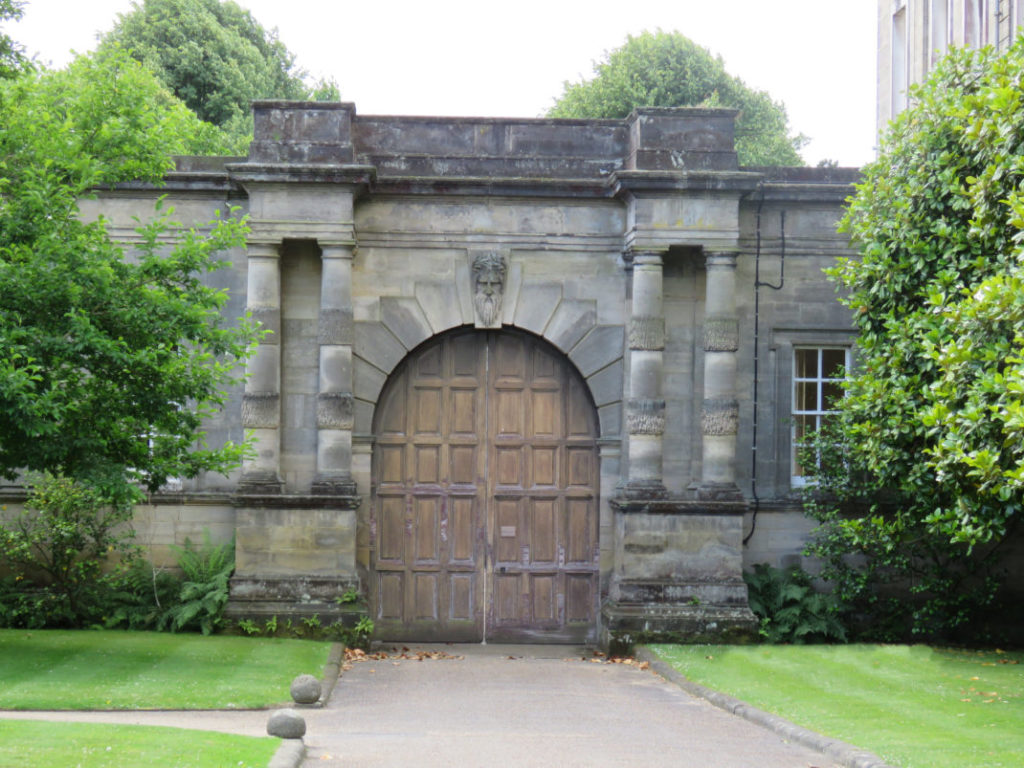By Jane Sandwood, freelance writer and editor
Reading is good for your well-being whether you are an inspired writer for pleasure, profession or simply enjoy the written word. Location is an essential part of any novel and the more unusual the better. As an avid reader, you may often search for novels based on what or where you know, but if you haven’t travelled very far it may not make for a dramatic backdrop. Suppose you want to discover more about an exotic location but you haven’t set foot there. How do you go about creating a realistic sense of place? Research is essential, but there are many ways you can do this without having to leave your seat. So whether the location is a park in the Regency period in London or a famous beach in Australia, authenticity is crucial to falling in love with the novel’s setting.
Transported to the exotic
According to Rough Guides travel publications, there are 11 main exotic locations in the world. These fall in countries from Hawaii to Columbia and Spain to Australia, each one providing a luxury backdrop for a novel. The issue is as a reader, it is probably impossible for you to have physically been to the exact locations that feature in your novel. You may choose the traditional research tactic of reading books about the place or places you want to discover. Travel or history books can be particularly useful and maps can confirm street names.
Also, travel blogs can help you flesh out the finer details in novels through their descriptions and photos. If you know someone who has been to your location, then ask them questions and let them be specific about what they’ve seen, heard, or perhaps locals books that they can recommend.
Internet research is key
It’s amazing what you can discover with a few searches on Google. If you can’t physically experience your novel’s location you can use street maps to navigate your way there. Google street maps allow you to ‘be’ somewhere in the world virtually. If you can’t be standing in your location, you need to work harder to make the sense of place realistic. You need to put yourself in your character’s shoes. For example, imagine the weather, the temperature, the sounds and what are the people like? Think about what language will be spoken and what the terrain is like. If your point of view character is in a wheelchair, how would they explore the coastline of the Galapagos or Fiji?
Authenticity may triumph
David Nicholls, the author of One Day amongst other titles, based locations on recollection. The Edinburgh house he refers to at the beginning of his novel, was where he stayed in the same year with other students. He believes that the real-life knowledge he recalls from staying there found its way onto the pages of his novel and allowed it to be an authentic location. This may be true because experiencing something yourself surely allows a full description of the location right down to the smells, the sounds and the true capture of all the senses.
Don’t let a lack of travel prevent you from selecting the novel and its location settings. It’s important to fully research the location if you haven’t been there, paying attention to sights, smells and other sensory details of each page. Location is vital in setting the scene and it needs to be true to life, so authors speak to people who have been there and review photos for detail. After all, what reader will enjoy the novel’s authenticity without getting lost in its background setting?

